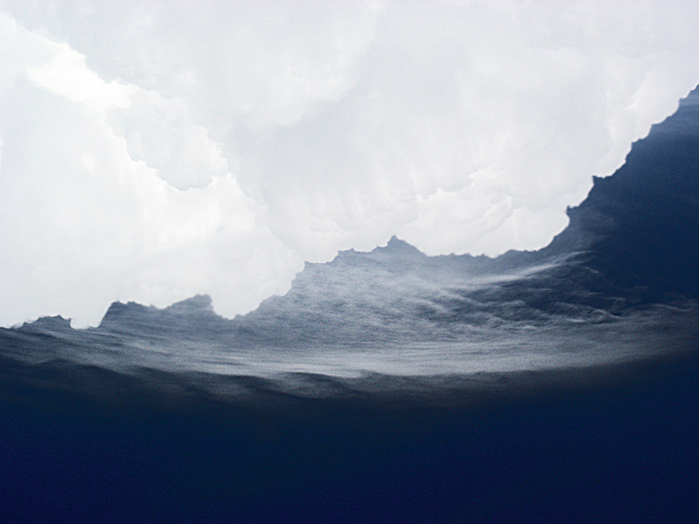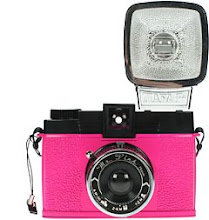
Dorothy Virginia Margaret Juba (1927-1990), later known as Dorothy Horan, best known as Dovima*, was one of the supermodels of the 1950s.
Born in New York City, Dovima was discovered by an editor at Vogue on the sidewalks of New York; the following day, she had a photo shoot with Irving Penn. She worked closely with Richard Avedon, whose photograph of her in a floor-length black evening gown with circus elephants—Dovima with Elephants (bien sûr)—taken at the Cirque d'Hiver, Paris, in August 1955, has become an icon. The dress was the first evening dress designed for Christian Dior by his new assistant, Yves Saint-Laurent.
A supermodel before the term became widely known, Dovima was reputed to be the highest-paid model of her time. She had a cameo role as an empty-headed fashion model with a Jackson Heights whine in Paramount's Funny Face (1957).
After her death, Richard Avedon said, "She was the last of the great elegant, aristocratic beauties...the most remarkable and unconventional beauty of her time."
*As a child, Dovima contracted rheumatic fever. The standard treatment was a year in bed, but her overprotective mother kept her home for the next seven years. It was a lonely time for her. She took up painting and had an imaginary friend, whom she called Dovima—using the first two letters of each of her given names.
:fraenkel gallery




























































































